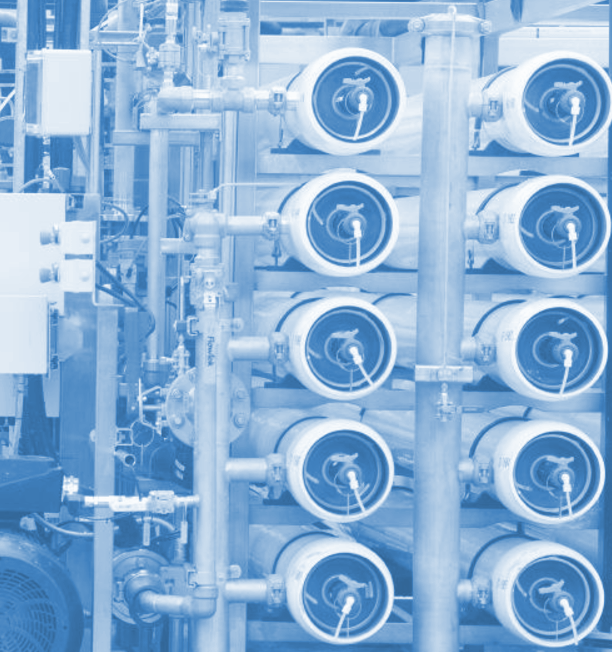Big desal plans underway
 Queensland is set to invest billions in the construction and expansion of desalination plants.
Queensland is set to invest billions in the construction and expansion of desalination plants.
The state government has unveiled the South East Queensland Water Security Program, a plan to ensure a sustainable water supply in the face of climate change and increased population.
The program, developed by SEQ Water, the south-east's water supply authority, covers various strategies to guarantee water supply, even during droughts.
One of the key components of this program involves expanding Queensland's existing desalination plant, located in Tugun on the Gold Coast.
In the previous fiscal year, this facility converted approximately 3,710 megalitres of seawater into drinking water.
The expansion aims to increase its daily production by 45 megalitres by 2033.
Furthermore, the government intends to construct a second desalination plant by 2035.
To optimise water resources, the plan says building a water treatment plant downstream from Wyaralong Dam and connecting the dam to the south-east Queensland water grid could significantly contribute to the region's water needs.
The plan also incorporates the “Western Corridor Recycled Water Scheme”, which purifies recycled water from various sources, serving as a backup during droughts when water storage falls below 40 per cent.
To ensure water resources are utilised efficiently, SEQ Water is exploring opportunities to use greater volumes of recycled water in industry and agriculture.
Premier Annastacia Palaszczuk says that as the population of south-east Queensland is projected to reach approximately six million within the next three decades, water demand is expected to soar from around 300,000ML per day to 500,000ML daily.
While the exact cost of the project remains uncertain, Queensland's Water Minister Glenn Butcher says details will be included in business cases for the Wyaralong Dam improvements and the expansion of the Gold Coast desalination plant in 2024.
Details regarding the location and capacity of the second desalination plant are expected in 2025. Early estimates suggest the project may cost between $4 and $8 billion.
Queensland’s Shadow Minister for Water Deb Frecklington has expressed scepticism about the plan, citing a lack of funding and information.








 Print
Print